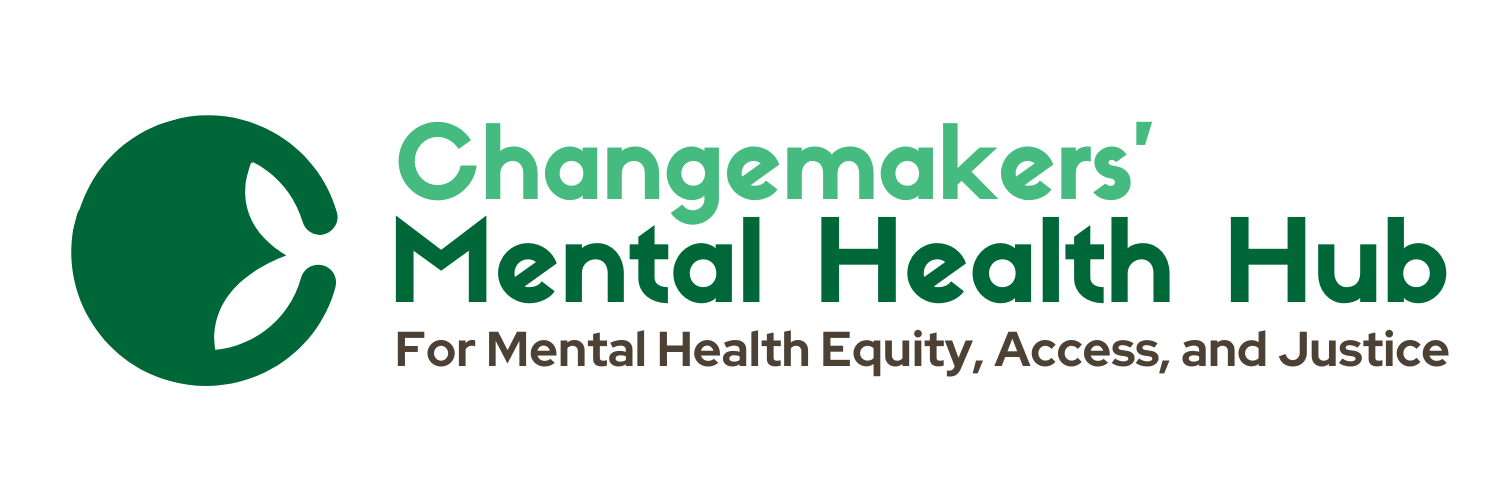TOPIC
SUICIDE PREVENTION
What is suicide prevention?
Suicide refers to a self-inflicted injury with the intent of death. Similarly, a suicide attempt is when an individual intends to harm themselves in an attempt to end their life, but they do not die. Although there are many risk factors associated with suicide, there is no one cause.
Suicide prevention refers to the collective efforts, strategies, and interventions aimed at reducing the risk of individuals taking their own lives. The goal of suicide prevention is to identify and address risk factors associated with suicidal behavior, provide support to individuals in crisis, and promote mental well-being to ultimately reduce the incidence of suicide.
Featured Resources

A Framework for Public Health’s Role in Mental Health Promotion and Suicide Prevention

Suicide Prevention Toolkit – Resources for Tribes and Partners

Preventing Suicide Through Better Firearm Safety Policy in the United States

Is Mental Illness a Risk Factor for Gun Violence?
Impact of suicide
Suicide has significant mental, emotional, and physical impacts. For people who attempt suicide and survive it can result in serious physical injuries and prolonged mental health issues. Suicide affects the mental and emotional health of families, friends, coworkers, and communities. Those who lose someone to suicide experience grief, anger guilt, anxiety, depression, and sometimes suicidal thoughts.
Suicide is a serious public health issue. In 2021, over 48,000 people died of suicide in the U.S. alone and 1.7 million made an attempt. It is the 11th leading cause of death overall in the U.S. and the 2nd leading cause of death for people ages 10-14 and 20-34.
Equity and Systems Considerations
Suicide has a complicated history that has resulted in stigma toward those who die by suicide, their families and loved ones, and those who attempt suicide. It was once considered a criminal act and punishable by law as well as considered a sin among certain religions. As a result, families experience significant shame and grief when a loved one dies by suicide.
There is no one cause of suicide, however, there are many risk factors including a history of depression and other mental illnesses, trauma, substance use, loss of a relationship, social isolation, easy access to lethal means such as firearms, and stigma around seeking help for mental health issues.
The majority of suicides worldwide are related to mental health disorders including depression, substance use, and psychosis.
Who is most impacted?
Although anyone can be affected by suicide, the following groups experience it at a much higher rate than the general population.
Black, Indigenous, and People of Color
Black, Indigenous, and People of Color are disproportionately impacted by suicide. Suicide is the 9th leading cause of death for non-Hispanic Native Americans. There has also been a dramatic increase in suicide rates among Black and Asian or Pacific Islander populations as well, increasing 30% between 2014 and 2019. Discrimination, racism, and generational trauma are large contributors to this disparity.
LGBTQ+ People
Veterans experience a rate of suicide 57% higher than that of non-veterans in the United States. Post Traumatic Stress Disorder (PTSD) is one of the greatest factors impacting veterans and transitioning from the field to civil life can be stressful and isolating. Physical disability, unemployment, and substance use are all contributing factors.
Veterans
Veterans experience a rate of suicide 57% higher than that of non-veterans in the United States. Post Traumatic Stress Disorder (PTSD) is one of the greatest factors impacting veterans and transitioning from the field to civil life can be stressful and isolating. Physical disability, unemployment, and substance use are all contributing factors.
What can we do?
Transformative change for suicide prevention involves promoting open conversations about mental health, encouraging help-seeking behavior, increasing access to mental health screening programs, and training individuals to recognize warning signs and provide appropriate support. Moving beyond traditional medical models, mental health services should be integrated into education, employment, housing and other social services. Lastly, establishing community-based support networks, peer support programs, and strengthening crisis response systems to support individuals in acute distress.
Strengthening economic supports, creating protective environments, improving access and delivery of suicide care, promoting healthy connections, and teaching coping and problem-solving skills can reduce the rate of suicide at scale.
At the local level, communities can distribute educational materials regarding lethal means and suicide prevention including safe firearm storage methods, provide gatekeeper trainings to community members, address provider shortages in underserved and rural areas, and enhance funding and support for crisis services.
Mental Health Providers
Mental Health Providers can support suicide prevention efforts by utilizing evidence based tools such as safety planning, lethal means counseling, and caring contacts.
Parents
Parents play a critical role in suicide prevention efforts. When a youth gives any warning sign that they may be thinking of suicide a parent can support the youth by asking them directly if they’re thinking of suicide, listen, assure them that there is help available, find appropriate help, and remove any access to lethal means.
Policymakers
Policymakers can have a significant impact on access to lethal means by advocating for Voluntary Do-Not-Sell Lists, community storage options, and Extreme Risk Protection Orders.

GET INVOLVED
Join a growing network of organizations and individuals making a difference in mental health.
We’re looking for:
- Partner organizations to join the coalition
- Work group members
- Advisory group members
- New resources
- Original content ideas
All Resources
Suggest a Resource
Help us grow the Mental Health Hub! Suggest a resource or share a story idea.
EXPLORE
EMERGING PRACTICES
LEARN HOW TO
GET INVOLVED
BROWSE
FEATURED RESOURCES
